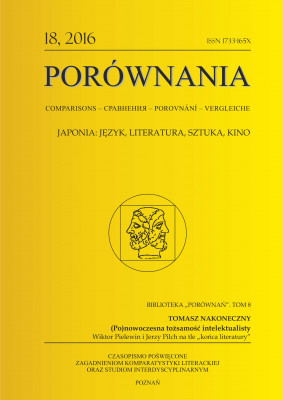„The smoke ended, and Toribeno in its snowy mantle seems to a grieving heart like the whitened trees of crane grove”. On the Buddhist concept of vanity and necropolistic threads in Japanese literature of the early medieval period
The necropolistic threads in Japanese literature of the early medieval times have been scarcely discussed material. Although there are extant numerous accounts on someone’s dead, details concerning places of burial or cremation and descriptions of accompanying ceremonies are almost unknown. The present paper is an attempt to grasp the meaning and metaphorics of Toribe as one of few necropolistic sites that have become a motif of literary works since the Heian period (794-1192). In order to develop a possible interpretation of selected excerpts from the literary works as well as the necropolis itself, the author focused especially on its toponymic aspect. On the other hand, detailed study of Toribe motif as a topos let the author approach a few possible ways of its interpretation as a complex metaphor, but also from the point of view of its stylistic function.
| Article Title | Type | Size |
|---|---|---|
| 04 Adam Bednarczyk | [pdf] | [340 KB] |
